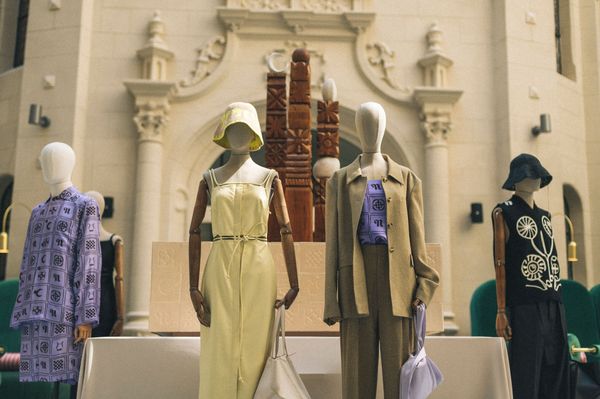Once upon a time, David Szauder came across a pamphlet on the art of photocopying in the library of the Museum of Fine Arts, Budapest, that took his breath away. Since then, he has traveled to many places as a media artist, from Berlin to the Ars Electronica in Linz, starting next week. The next time we’ll see him in Budapest will be at AI Summit 2023, where he’ll be in charge of the event’s design in addition to his presentation.
Multidisciplinary media artist, curator, university lecturer, and art consultant with a national and international career. You are as diverse in your titles and environment as in your use of tools. Where does this endless curiosity come from?
If I had to tell you who I am, I would say media artist. I’ve been working with digital tools for at least twenty years, but I actually wanted to be an art historian, only to realize it’s not really my cup of tea. I’ve been working with computers since I was a kid, but I couldn’t decide whether I wanted to be an art historian or a programmer. One day, someone brought to my attention that the University of Fine Arts was starting an Intermedia course, offering the chance to work with digital art—it was like Paradise on Earth for me. This was crowned by my final year at the Media Lab in Helsinki, where I started working with computer code-based imaging. What I had learned at the University of Fine Arts was supplemented with a huge amount of technical knowledge, and from then on I have been experimenting to this day, which stems from my incredible childlike curiosity.
Later, I continued with code-based art, returned to animation, and during Covid in Berlin, I was forced to start drawing circles based on pandemic-related headlines with the help of a drawing robot that was connected to the biggest news portals. The result is an abstract picture drawn by a 16 sqm robot, which for me is an imprint of Covid. Then I got hooked on VR and augmented reality, and once I did a project for the Leonardo da Vinci Museum in Milan related to the latter, which is still on display today. Then came AI...
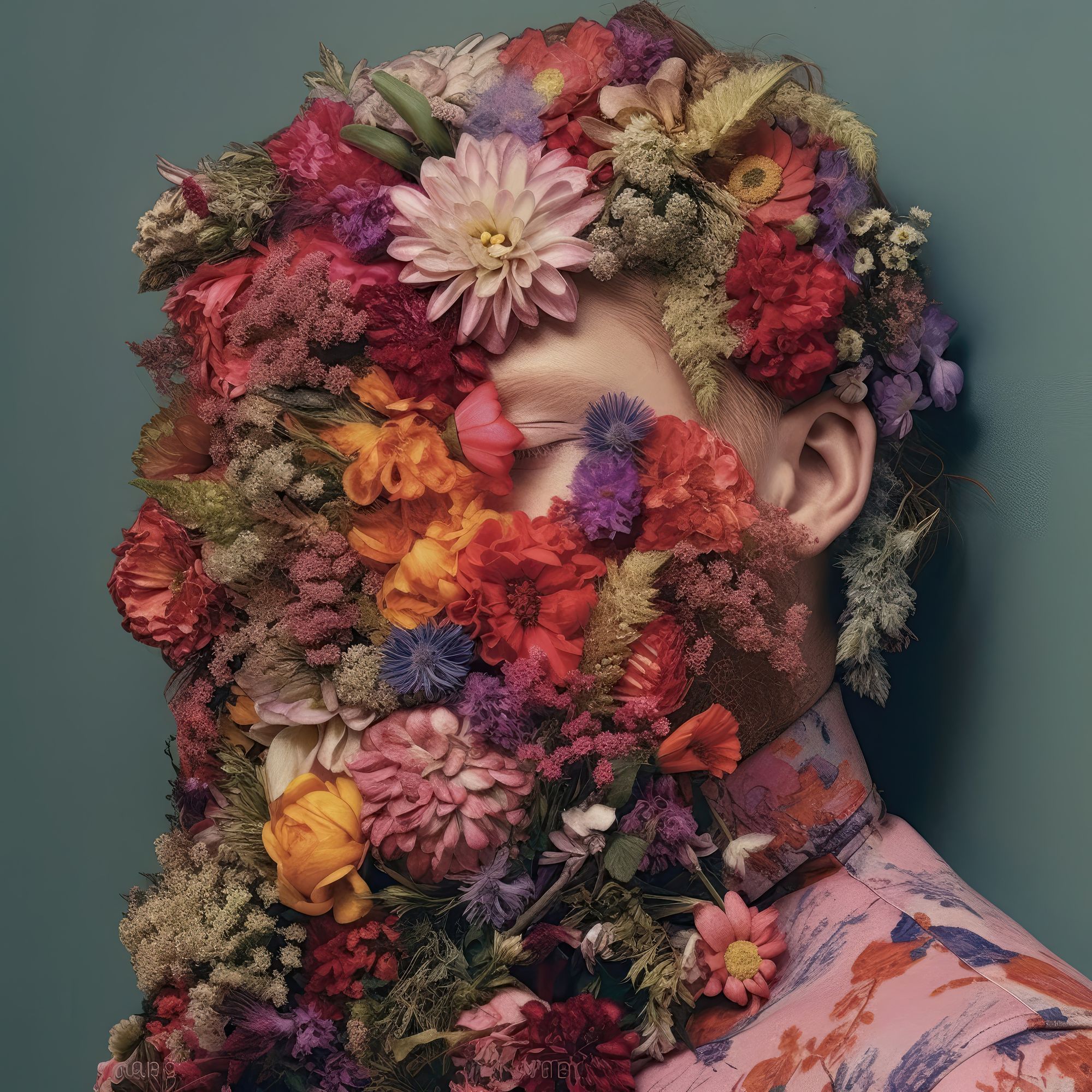


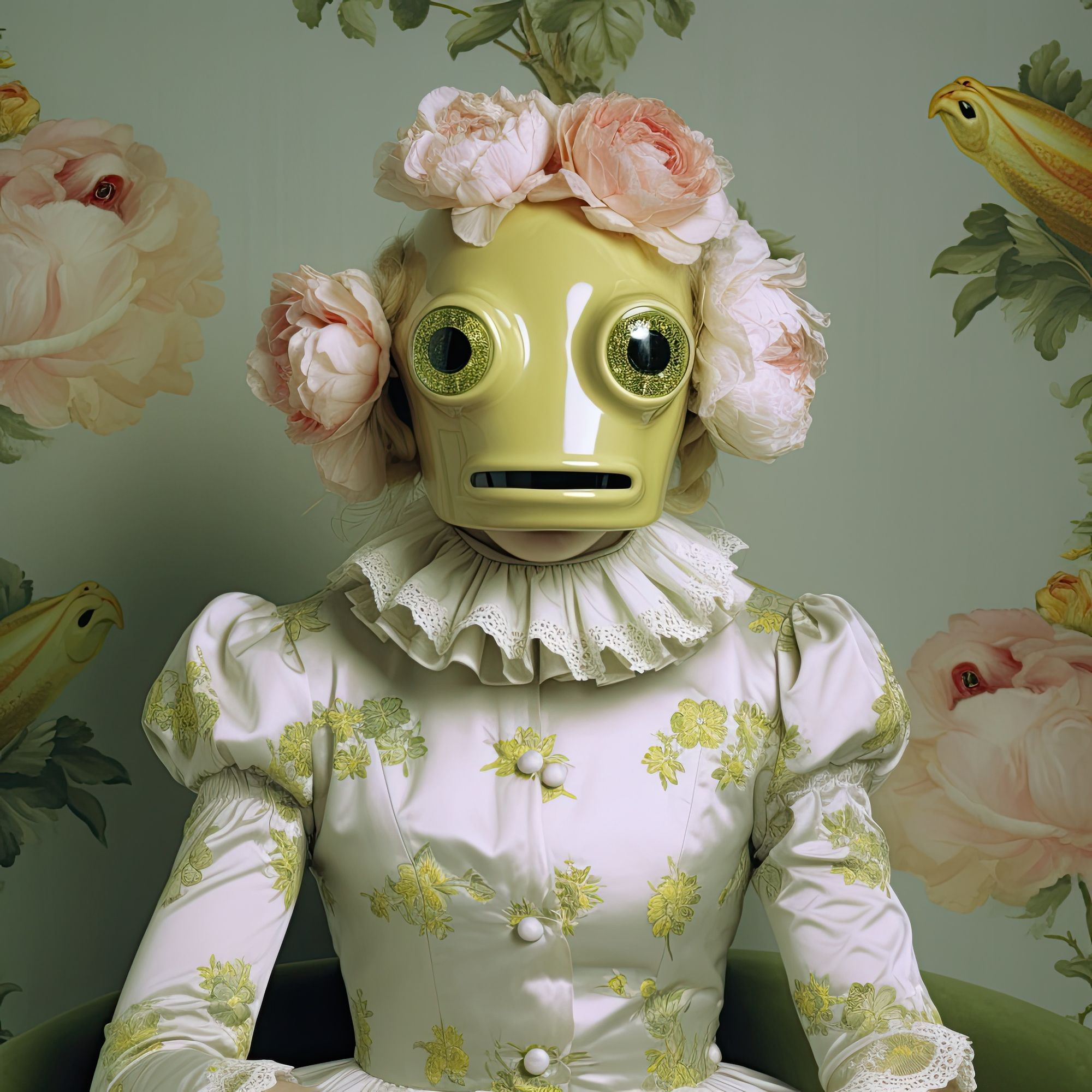
You said earlier that your relationship with AI was not smooth in the beginning, but later, as you put it, you “got the taste for it”. How did you find yourself in this field, what made your work unique and specific?
I’ve been observing AI for years, I’ve tried it, but I felt that I couldn’t contribute to what came out visually. I thought it was very exciting and saw it had amazing potential, and then once I saw a visual collage, I decided AI and I had business with each other.
I’ve spent the last year and a half with AI not learning from me, but me learning from it. I’m trying to map what happens in the AI’s brain when it gets an instruction—and that’s where I go back to your question about what makes it genuine and unique.
More and more, I have been looking for my own path, my own map in the AI, and I have started to tailor my compositions to my own characteristics. A lot of times people are very skeptical about AI, except that there is much, much more to this technology than what you see on the first filter. It’s a bit like when the foam overflows in a latte macchiato, and when you get to the espresso, you can taste it. It’s utterly time– and energy-consuming.
But it’s much harder to create something unique, isn’t it? What do you think about the idea that with more manageable technology, anyone can become an artist?
My first six months were spent trying out the most unexpected and impossible compositions. In AI, we have the possibility to create more absurd things.
In this whole idiosyncratic process that I’m in, from my art to my Instagram, I’m trying to open my own world to people—it’s like looking at a David Szauder exhibition day and night, and that’s exactly the kind of absurdity I found in AI.
The other thing to respect is the rapid evolution of technology. What I used six months ago is now obsolete, replaced by newer and newer improvements, and it’s still early days.
An important question has been raised about graphic designers, but I think AI should be regarded as a tool. It’s a similar process to what painters felt when photography came along, or when Photoshop burst onto the scene in the 90s. We’ve learned to work with them, we can simplify a lot of things with their help, but we can still be excellent graphic designers. It helps a lot, I think, in terms of efficiency, sometimes you can put ten completely different versions on the table, which gives the client an abundance of choice, which makes it much easier for them to get to the decision. The range of options has increased enormously and if AI is managed in the right way, it will perform superbly.
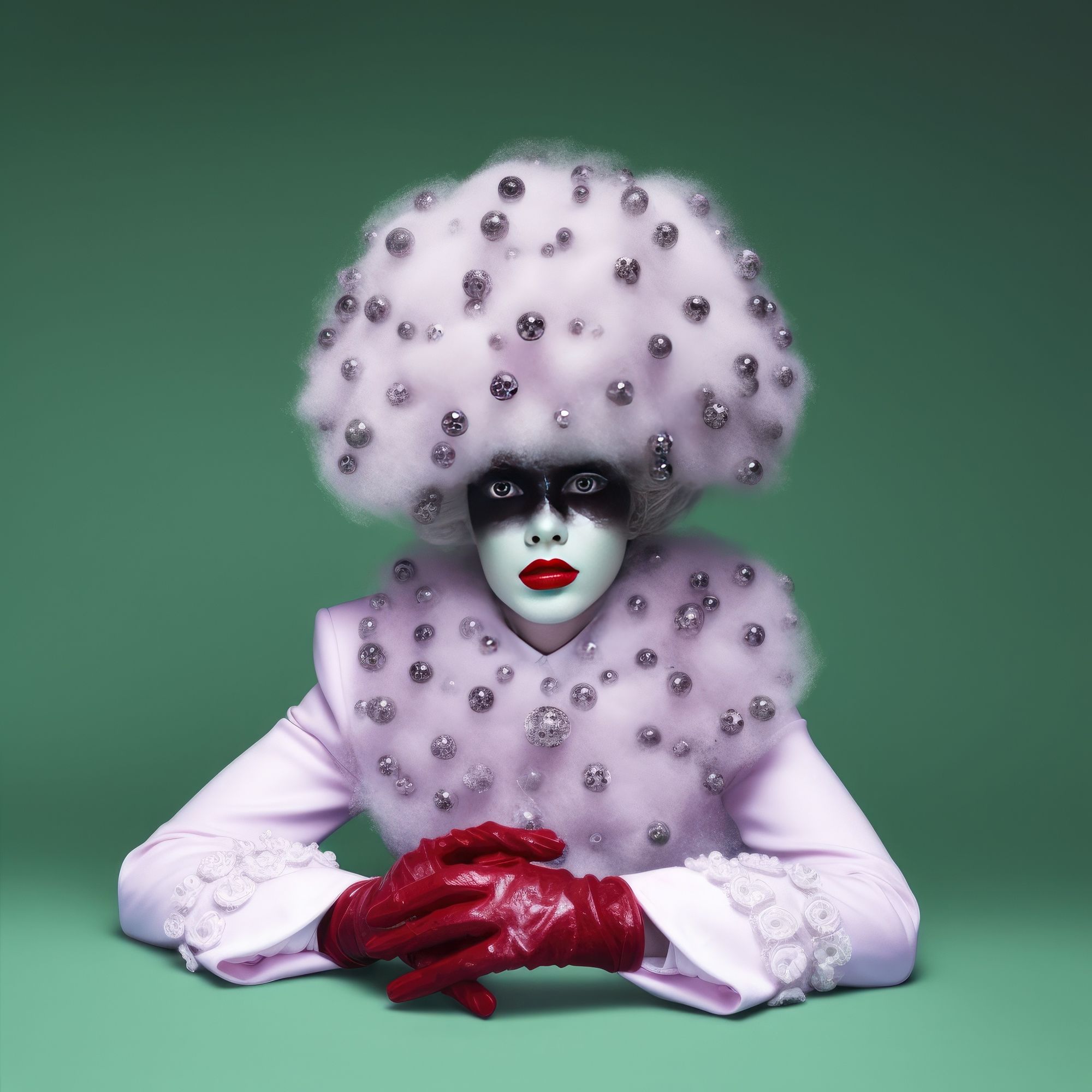
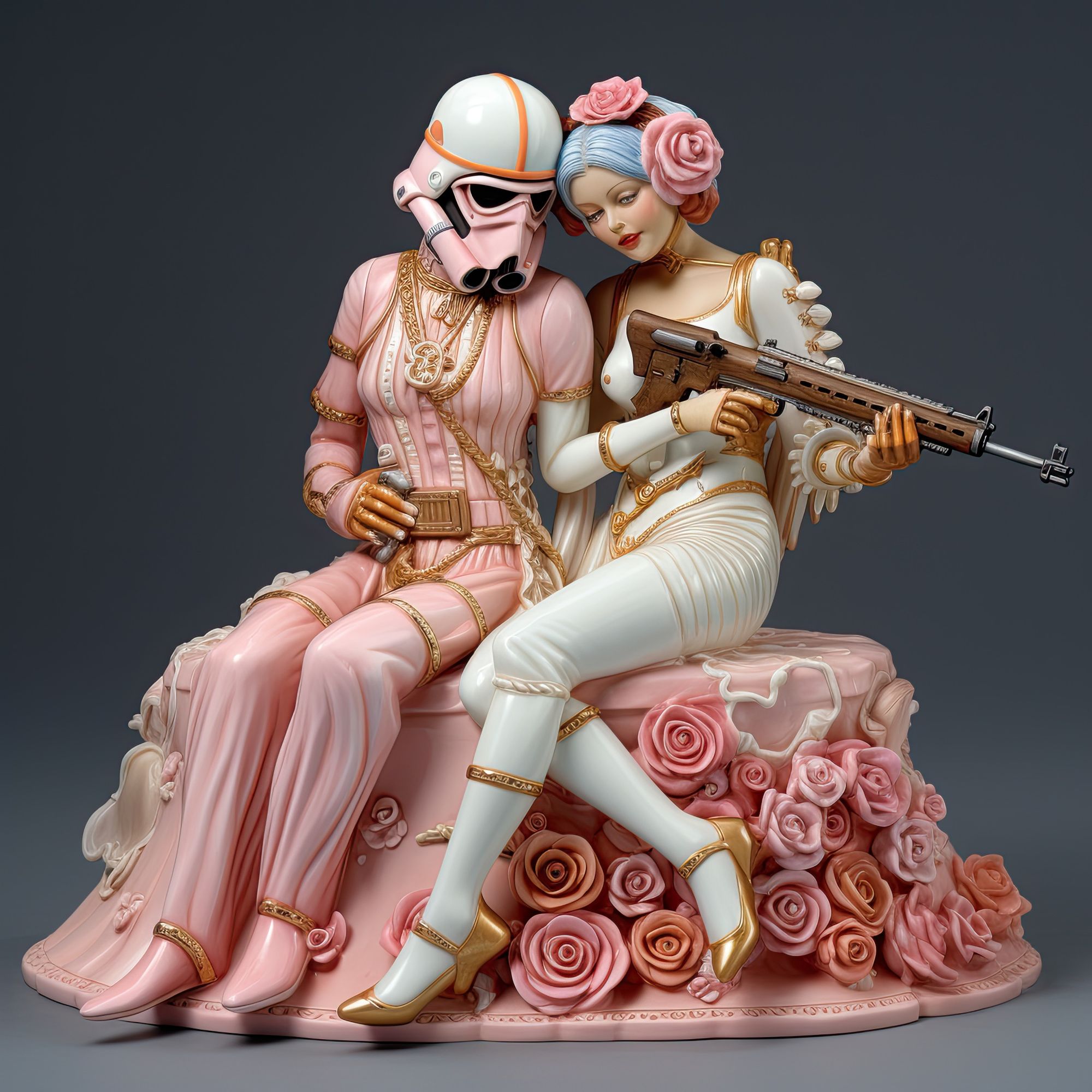

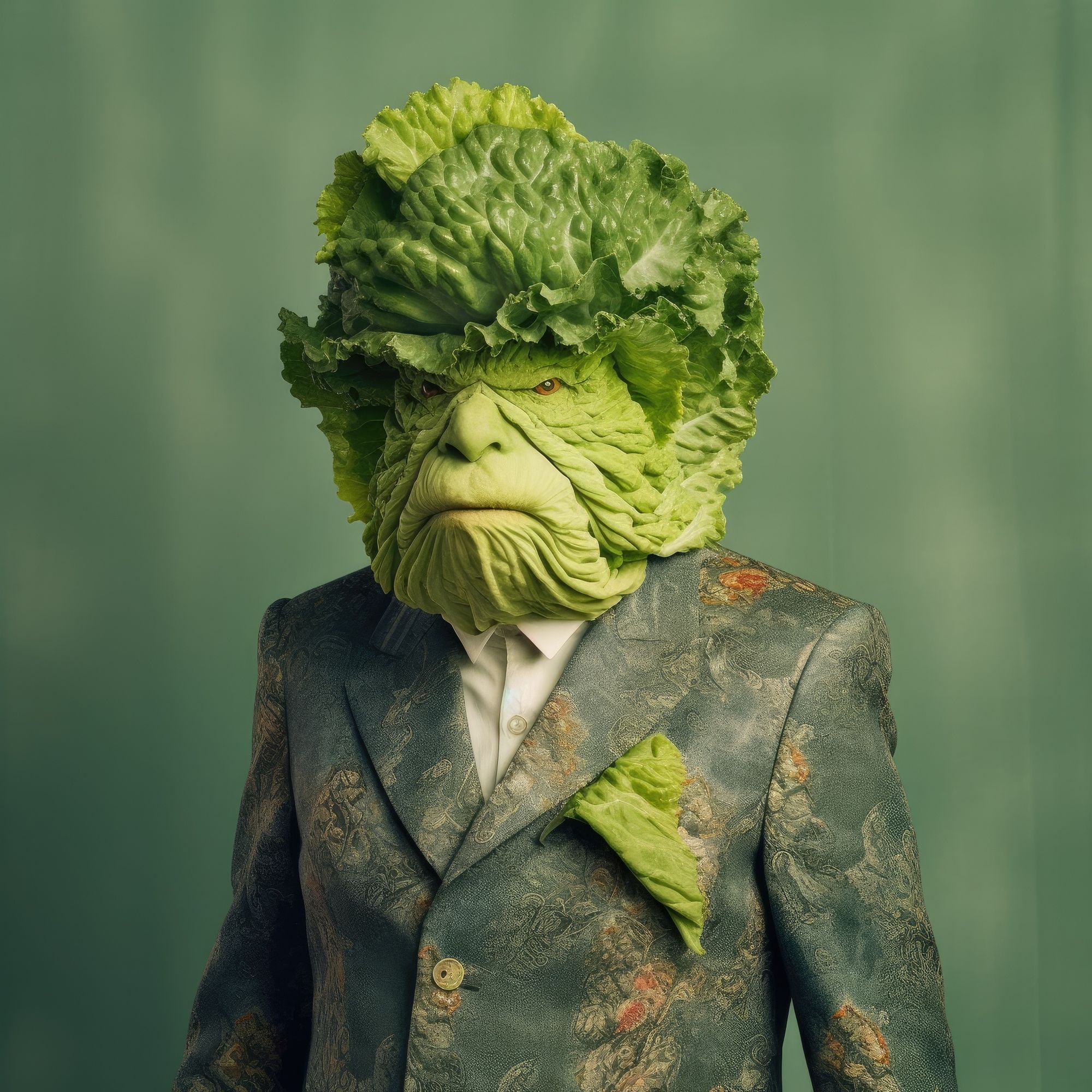
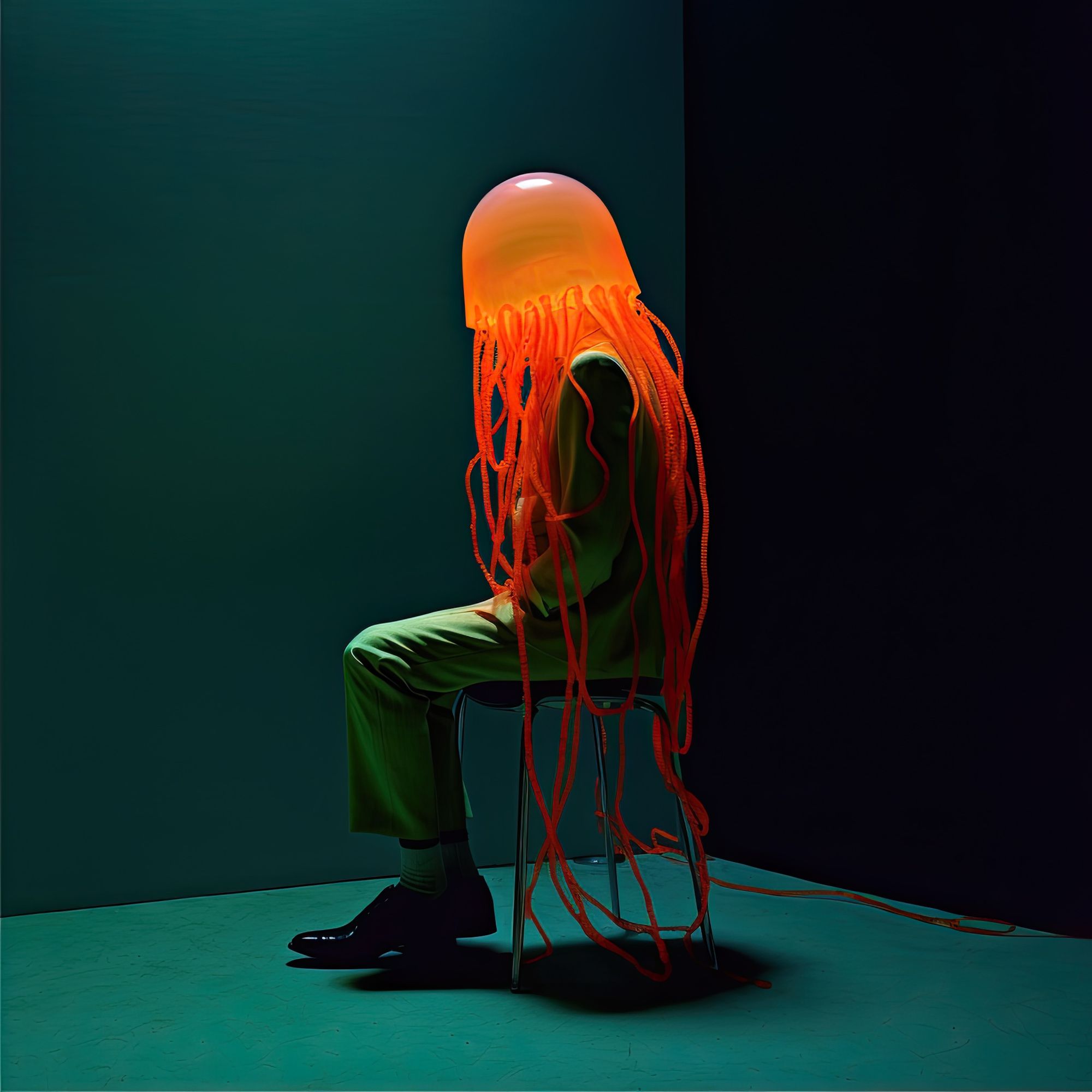
You say you are no longer involved in NFT, and months ago you exhibited at the East of Eden gallery in Budapest, where your paintings are still available for sale. To me, this gives a sense that no matter the amount of high technology surrounds us, we are viscerally attached to the tangible. How do you see it?
If you’re a digital artist, you’re thinking about how you’re going to present and sell your work. In the case of NFT, it was great to have a space for digital artists to sell their work, but then the question of exhibiting came back again. When I sat down to talk to Barna Erdész, the director of East of Eden, he immediately came up with the idea of treating them as photography—blow them up to the best quality on the best paper and see what happens. It was a complete change, what had only existed on the monitor suddenly went out onto the walls and became art. That’s where these things grew up, where I could look at them in a different way.
In fact, there’s more of it, I and the Freeform.ourcollective team of architects won the S/ALON Budapest Flower Power competition earlier with an AI-generated interior, which we’ll physically realize at the home trends exhibition in September. I’m trying to keep a balance between the digital and physical worlds, encouraged by my manager, who is also my wife, to return to kinetic structures.
Coming back to AI Summit, what can the audience expect from you?
I can start from the fact that I have given a lot of presentations on the subject. We came home in the summer of 2022 and it turned out for me that Hungarian is my mother tongue after all. The AI craze just kicked in, and I’ve lectured in many places from Ludwig Museum to the CEU. I sit down with people, they listen, and they get an impression of what AI can do. What they get out of it is up to them.
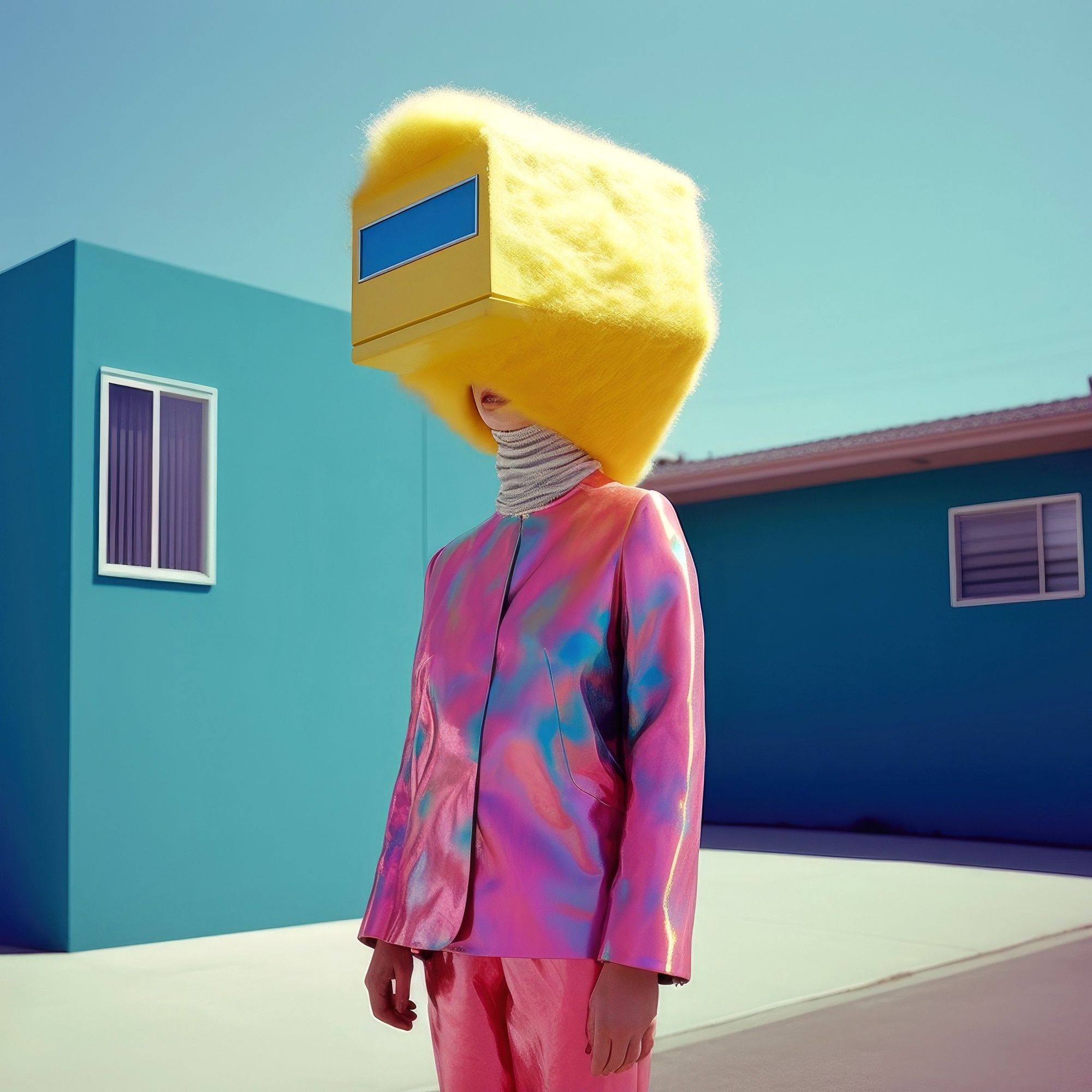

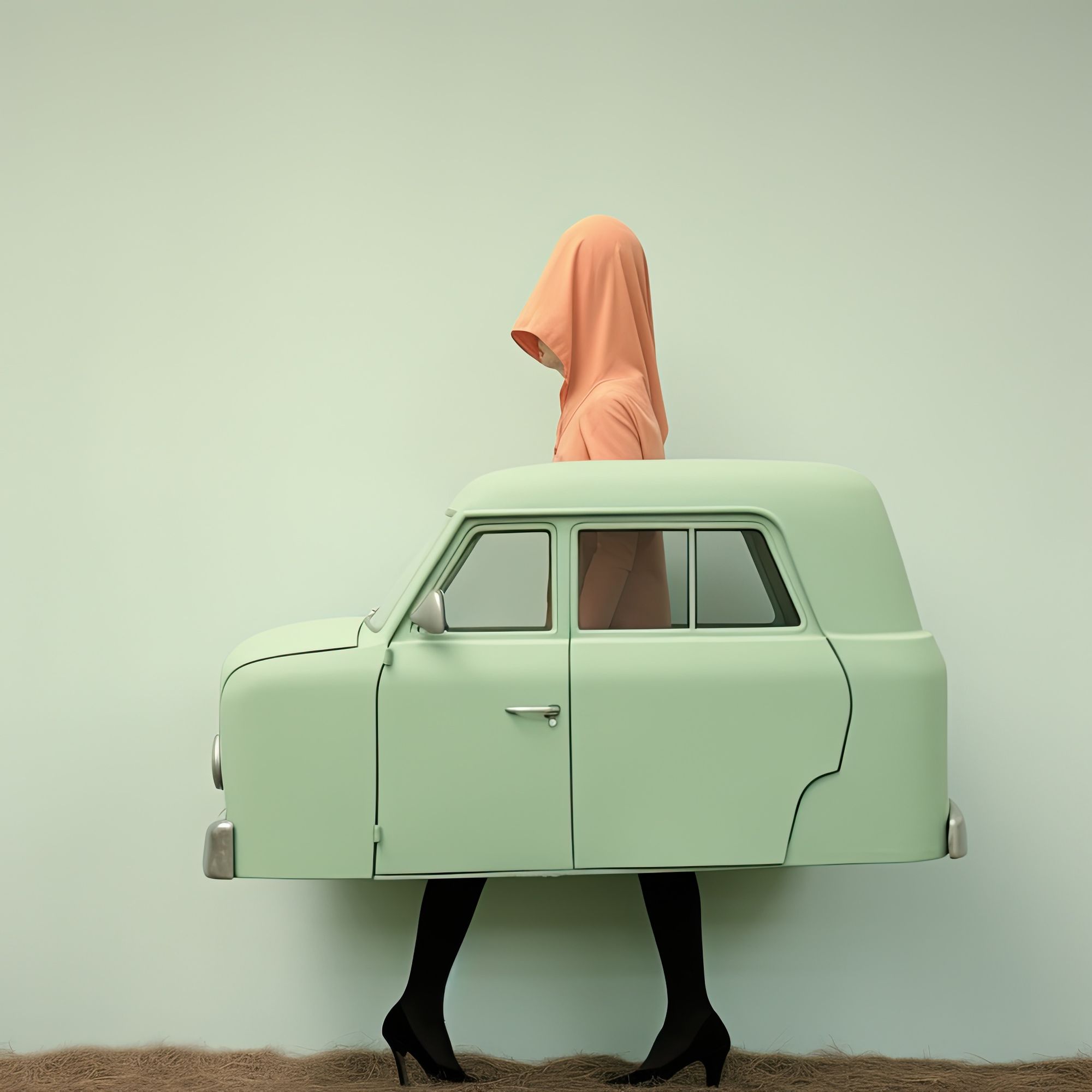

Worldleaders from nearly sixty countries will participate in the 32nd Economic Forum
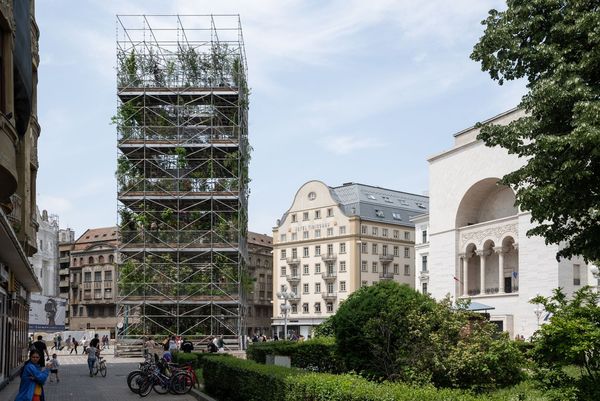
Architectural installation for a cultural dialogue
